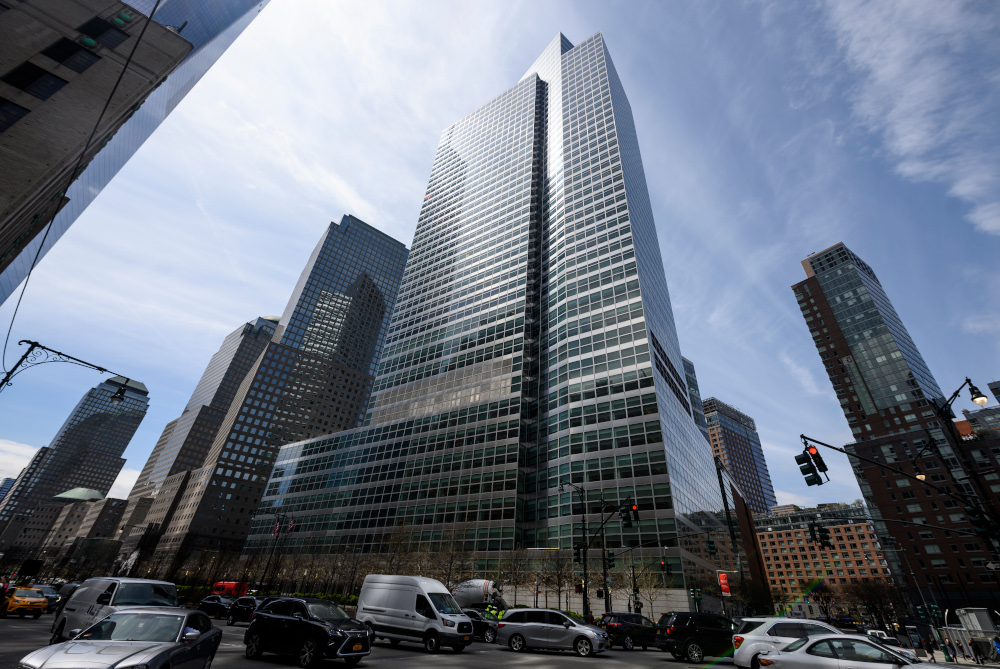APRIL 14 — Goldman Sachs Group Inc surged past Wall Street expectations for first-quarter profit today, as the US investment banking giant capitalised on record levels of global deal making and a coronavirus-driven boom in equity trading.
An unprecedented boom in private firms merging with listed shell companies to go public helped Goldman earn handsome fees from such deals, resulting in a 73 per cent jump in revenue from investment banking to US$3.77 billion.
Revenue from equities trading jumped 68 per cent to US$3.69 billion as heightened trading by ordinary investors fed stock market volatility.
“Overall, it’s quite stunning,” said Oppenheimer analyst Chris Kotowski.
Total revenue more than doubled to US$17.7 billion in the quarter, while financial advisory revenue came in at US$1.1 billion.
The investment bank also comfortably held on to its top ranking on the league tables for worldwide M&A advisory. The league tables by Refinitiv rank financial services firms on the amount of M&A fees they generate.
As global investment banking fees hit an all-time record of US$39.4 billion in the March quarter, according to Refinitiv data, some analysts turned skeptical about how long the bumper capital markets environment will last.
“Questions about the sustainability of revenues remains an open question despite strong results this quarter,” said KBW’s Brian Kleinhanzl.
Goldman’s trading performance was equally impressive. Revenue from the segment jumped 47 per cent to its highest since 2010 and was in line with the broader gains for trading desks across Wall Street.
Goldman said debt underwriting was helped by strong leveraged finance and asset-backed activity, while equity underwriting was boosted by a red-hot IPO market.
Earlier in the day, JPMorgan Chase & Co said its quarterly earnings jumped almost 400 per cent, as the largest US bank released more than US$5 billion in reserves and was aided by a big jump in investment banking and trading.
Blowout quarter
Goldman’s profit also benefited from favorable comparisons to last year when it set aside more funds to cover potential corporate loan losses due to the pandemic and marked down the value of some assets.
Unlike rivals such as JPMorgan and Bank of America , Goldman has a relatively smaller consumer business, which has limited its exposure to loan defaults and allowed it to focus on its core strength in investment banking and trading.
Even so, the bank has stuck with its plan to expand its consumer loans and credit card businesses.
Consumer banking revenue rose 32 per cent in the quarter. The business is tiny compared to other large revenue generators at the firm, with consumer and wealth management representing just 10 per cent of the total in the first quarter.
Meanwhile, Goldman’s asset management arm received a huge boost from investments in private equities and gains from public equity investments.
Net earnings applicable to common shareholders rose to US$6.7 billion in the quarter ended March 31. Earnings per share rose to US$18.60 from US$3.11 a year earlier.
Analysts on average had expected a profit of US$10.22 per share, according to Refinitiv estimates.
Goldman shares were up 1.6 per cent in premarket trading. The bank’s most comparable peer Morgan Stanley will round off the earnings season for big banks on Friday. — Reuters






















